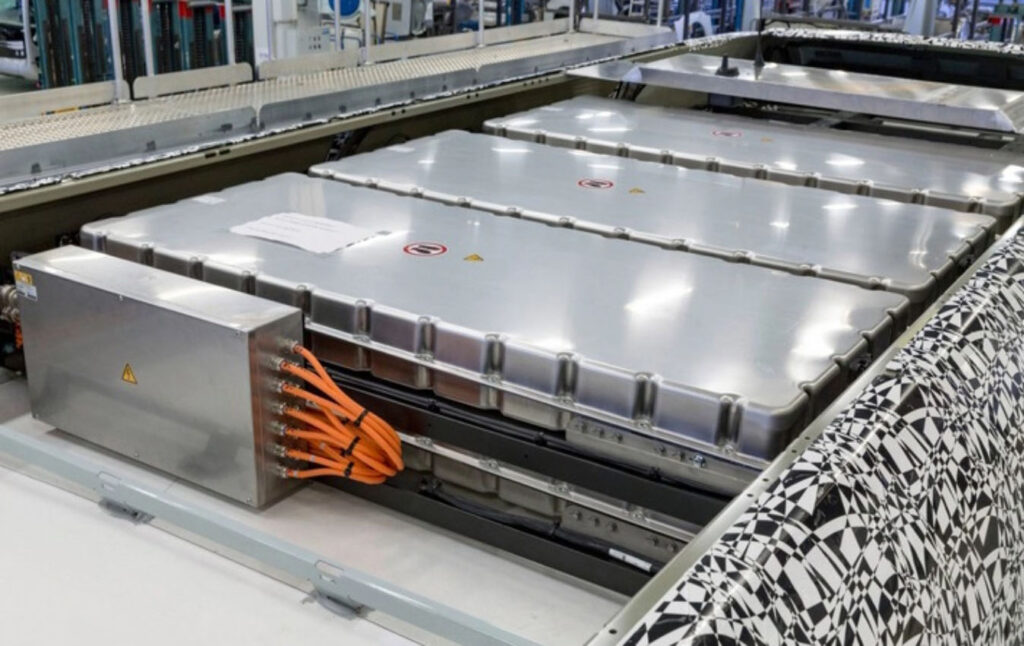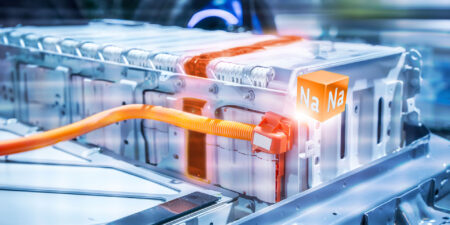
The Battery Cycle #2: NMC, LFP, LTO. What’s the Difference?
Below, a contribution from Claudius Jehle, CEO of volytica diagnostics GmbH. It’s the second of a series of knowledge articles on a series of topics around Li-Ion Batteries, written by Claudius and other field-related experts.
Today we are going to break down the big term “Li Ion Battery” and take a closer look at the multiple abbreviations typically accompanying it. What does NMC, LFP, LTO and the like express, what properties do they share and what are their individual strengths and weaknesses?
The basic principle of all Li-ion batteries is: Li-ions on the run.
In a fully charged battery cell, many billions of Li atoms are trapped in a porous reservoir which we call anode, typically a foil or sheet of some particular material we will investigate later. They are embedded within the material structure like parachuters in an airplane, excited to leave their spot and to travel to the opposite reservoir to rest, called cathode.
Their cumbersome parkour is triggered by externally connecting anode and cathode, e.g. via an electric motor. Once the switch is closed, they queue to exit the anode for the cathode, and by the way, each release one electron which travels the long tour via the external circuit to power the motor (“electric current”).
Once released, each forces its way through an intermediate medium designed to both allow swift transport, but also to keep anode and cathode separated a short distance (to avoid short circuits). This contradictory requirement (permeable, light and thin, but insulating and robust) causes great headache to engineers, and, as a matter of fact, is “dead” weight lowering the capacity per volume and weight. Today, low-viscosity chemical liquids/polymers (“electrolyte”) submerged in a matrix (“separator”) are state of the art.
We will address the topic of solid-state batteries, where liquid electrolyte and separator are replaced by a solid material, solving many issues but causing new ones, in a separate article. But note: “Solid State will replace Li-Ion batteries” is like saying “Bananes will replace fruit” – it’s just another way to build Li-Ion cells.
A seemingly trivial process
After making their way through the electrolyte, they deploy their parachute, slowing down before crowding the entries to the cathode material, and, again one-by-one, finding energetically advantageous positions within the cathode lattice by migrating slowly into the material.
It becomes clear that the seemingly trivial process – which similarly, but not identically, happens while charging – involves interaction of the ions with a multitude of different materials, at different speeds and in different processes. Imagine alone the obvious effect of temperature on the viscosity of the electrolyte and thus the process speed of this crucial middle passage, or the detrimental health effects due to mechanical expansion stress of forcing billions of bulky ions into a tightly packed material – but we will investigate degradation in a separate article.
Now, to keep it simple, we can say that the anode reservoir is almost always made of graphite (plus a myriad of super secret additives, manufacturing/processing variations, etc. making general assertions always difficult), why we typically just don’t mention it in communications. An exception is LTO, which we will briefly mention later.
Many compositions when it comes to cathode
When it comes to the cathode however, the topic becomes more complicated. Cathode materials made of a composition of nickel (Ni), manganese (Mn), the highly disputed cobalt (Co) and sometimes also aluminum (Al), all in greatly varying compositions and again with undisclosed secret additives and recipes, are referred to as NMC or NCA. Such cathodes typically have the following distinguished properties:
- higher energy density (many seats for parachuting ions per volume)
- lower lifetime (densely packed testosterone comes at a price)
- lower safety margins (dito)
- higher price
Particularly the top energy density property, that can moreover be adjusted by increasing the nickel-content* (and unfortunately equally decreasing lifetime expectation), today make NMC cells the chemistry of choice for hi-performance, long-range and hi-end applications.
The major antipole are cathodes made of LiFePO4 (Lithium Iron-Phosphate, LFP) – renowned for being…
- lower energy density than NMC
- quite robust
- rather economical (abundant materials, no Ni and particularly Co)
Despite increasing popularity of LFP-based systems, the lower price (facilitated by mass production in esp. China) cannot fully compensate for the lower energy density – and LFP cells feature a very unique trait: over a very broad range of SOC (state of charge), their voltage does virtually not change. This is good for power electronics, but as we will see in two future articles, this makes SOC determination and cell balancing a downright frustrating job, making LFP applications generally prone to unexpected operation problems and downtimes, further aggravating the lower energy density.
Last but not least… LTO

Now, last but not least, there’s at least one exotic around: Cells with an anode not made of graphite, but Li-Titanate (Lithium Titanoxid, LTO), often paired with an LFP cathode. Such LFP-LTO cells are often incorrectly just referred to as LTO, embezzling the decisive cathode material. These systems are typically the special forces:
- extremely robust (“military grade”), safety and longevity-wise (10-30x LFP or NMC)
- very low energy density (lower than long-forgotten vintage batteries like NiMH)
- quite costly (at least 50-150% more expensive than NMC)
Note that, as mentioned, we can only speak of tendencies. There is such a terrific variety of possibilities for the cell manufacturer to tune the performance or to tease out particular properties, that generalizations are often ‘thin ice’.
To sum up: As always in life, there ain’t no such thing as a free lunch. Li ion batteries share a common baseline mechanism of ion transport through media, and an impressive array of different combinations of different such media push performance into one direction or the other. Improvements are made here and there, but a giant leap in energy density without negative effects on, say, lifetime, cannot not realistically be expected.
Rules of thumb exist, but the most expensive wearing part in an e-vehicle does and will remain to require high attention!
Outlook: In the next article, we will give surprising learnings on the complexity of the seemingly simple task of determining the State of Charge of NMC, LFP or LTO cells and the day-to-day implications
* if Ni, Mn and Co are used in equal proportions, one says “NMC111”. There is a trend in automotive to go for 8 times Ni and equal parts Mn+Co, yielding NMC811 – long range, low lifetime.
Header photo source: Akasol
First published on Sustainable Bus


